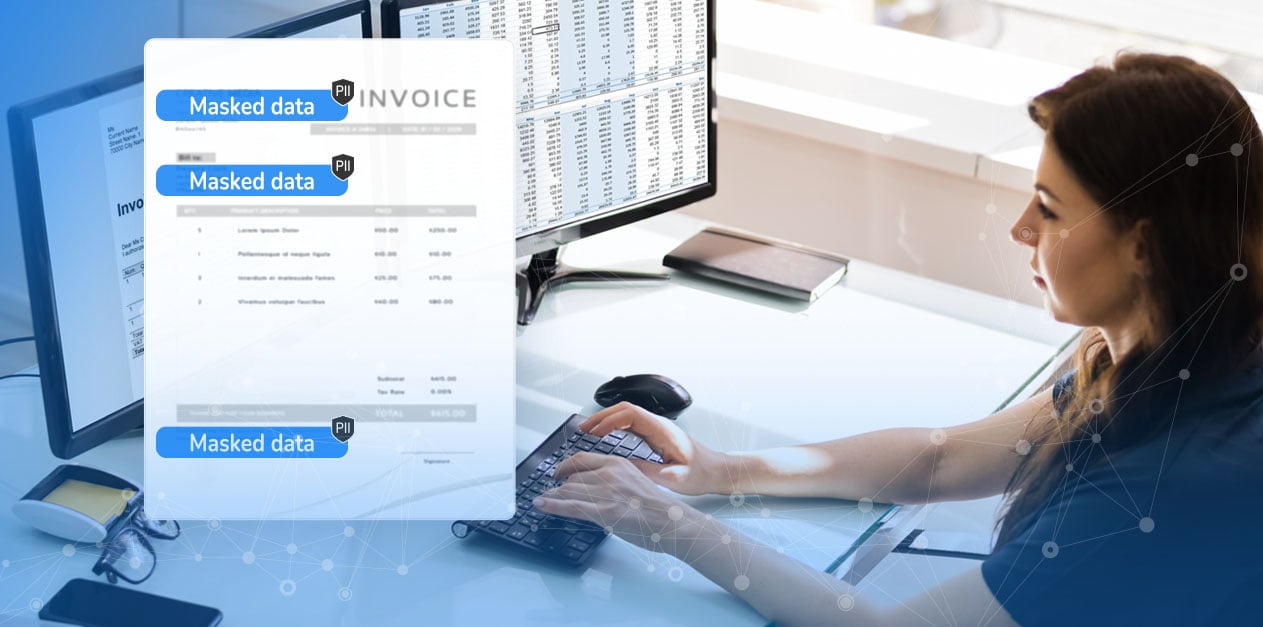Assure data protection with 5 data masking best practices: Identify PII, choose the right technique, test it, secure it, and ensure relational integrity.
Table of Contents
How Data Masking Best Practices Support Core Business Goals
What is Data Masking?
Types of Data Masking
Data Masking Best Practices
How a Data Product Approach Simplifies Data Masking Best Practices
How Data Masking Best Practices Support Core Business Goals
Today, complying with rigorous data privacy and security regulations represents a serious challenge — and cost — for organizations. On top of that, the stakes of a data breach are rising every year.
According to a 2021 IBM report, the average cost of a data breach is $4.24 million, up 10% from 2020. Accelerated digital transformation and the proliferation of remote work has driven up that cost by $1.07 million.
Masking data is one of the most effective ways to combat the threat of a data breach while ensuring compliance. Data masking tools create a version of data that can’t be identified, or reverse-engineered, making it worthless to potential hackers.
In this article, we’ll cover the different types of data masking, data masking best practices, and how a data product approach allows organizations to easily carry out each best practice.
What is Data Masking?
Data masking is a method of data anonymization. It involves creating a version of sensitive data that cannot be identified, usually by replacing sensitive information with null or constant values, without a mechanism to retrieve the original ones.
If sensitive data is exposed, you could face steep fines, litigation, and irrevocable brand damage. With data masking software, if a breach occurs, the anonymized data has no value to unauthorized users. However, it's still completely functional for use by software and authorized personnel.
Types of Data Masking
There are 3 basic types of data masking:
-
Static
This form of data masking involves creating a duplicate version of a dataset and replacing sensitive data at rest. It is used for providing realistic, high-quality data to support application development. -
Dynamic
Dynamic data masking alters sensitive data in production datasets in real-time. It ensures that only authorized users access the original data, while non-authorized users can view only masked data. -
On-the-fly
Inflight data masking modifies sensitive information as it moves from one environment to another, to ensure that sensitive data is protected before it reaches its destination. Inflight data masking is particularly valuable for organizations that are migrating between systems (legacy application modernization, for instance), or maintaining continuous integration of different datasets.
Data Masking Best Practices
Here are the 5 most important data masking best practices to ensure data security and compliance success.
-
Identify where your sensitive data resides
Before you can protect your sensitive data, you need to understand what data you have and its varying degrees of sensitivity. You need to know where it is, who can access it, where it moves, and when. You’ll need to map out:
a. Where sensitive data is stored and used (in both production and non-production environments)
b. Who is authorized to view it
c. What these users use it for -
Determine the right data masking techniques
Once you know where your sensitive data is and the circumstances in which the data is stored and used, you can define which data masking techniques are needed. It’s important to recognize that data masking techniques will likely vary across the enterprise, depending on the type of data being protected, internal security policies, usage needs, and budgetary requirements. -
Test your data masking
An important data masking best practice is testing the results of your data masking techniques. Before applying a data masking method across your databases, QA teams must make sure that the technique being used produces the desired outcomes. If it doesn’t, you will need to restore the database to its original, unmasked state and recalculate. -
Keep your data masking secure
Securing your data masking is just as important as securing the data itself. For example, if you use date aging to conceal dates, an unauthorized user who learns the aging formula can easily determine the original data. To ensure the integrity and security of your data masking techniques, establish guidelines so only authorized personnel can access masking algorithms. -
Ensure relational integrity
Maintaining referential consistency requires every type of data originating from a certain business system to be masked with the same algorithm. This protects the whole system from cyberattacks while ensuring data remains functional for analytics. Therefore, when dealing with the same type of data, make sure that your data masking techniques and algorithms are synced accordingly.
How a Business Entity Approach Simplifies Data Masking Best Practices
Entity-based data masking technology allows you to fulfill all of these data masking best practices.
It enables a variety of data masking techniques while ensuring referential integrity and security. Entity-based data masking protects data at rest, in use, and in transit to serve production, testing, and analytical environments. It supports dynamic data masking, static and on-the-fly structured data masking and unstructured data masking, so you can ensure sensitive data is protected wherever it resides.
For businesses that aim for the highest data protection and compliance standard, a business entity approach is the most effective and scalable option.













